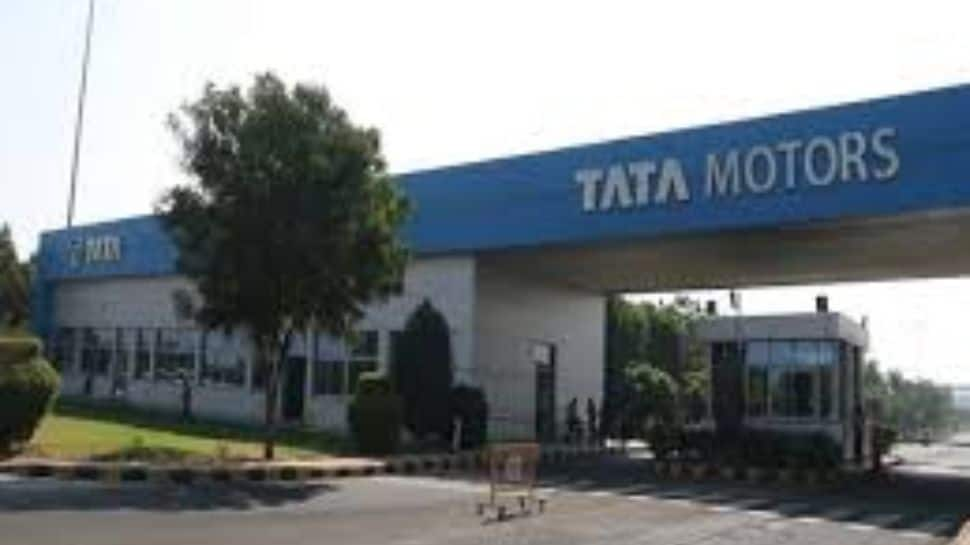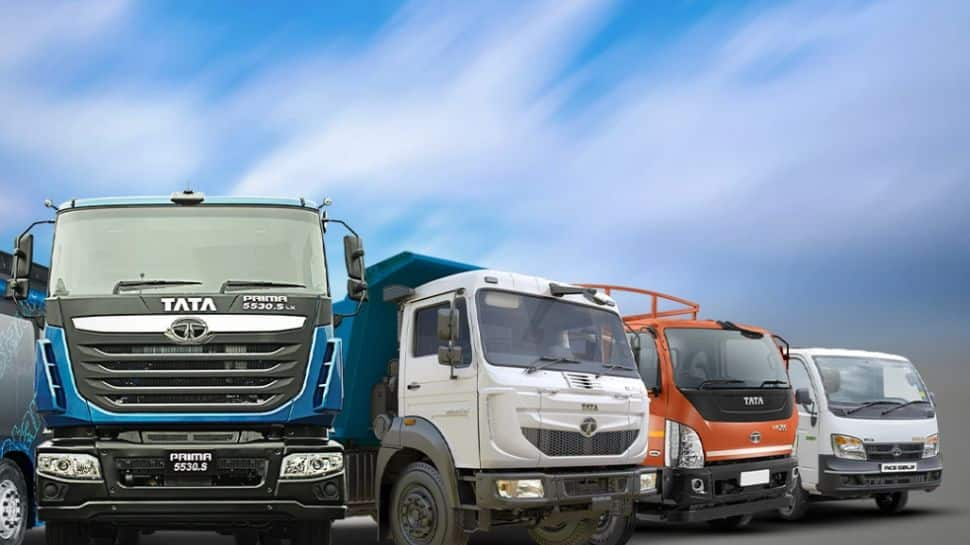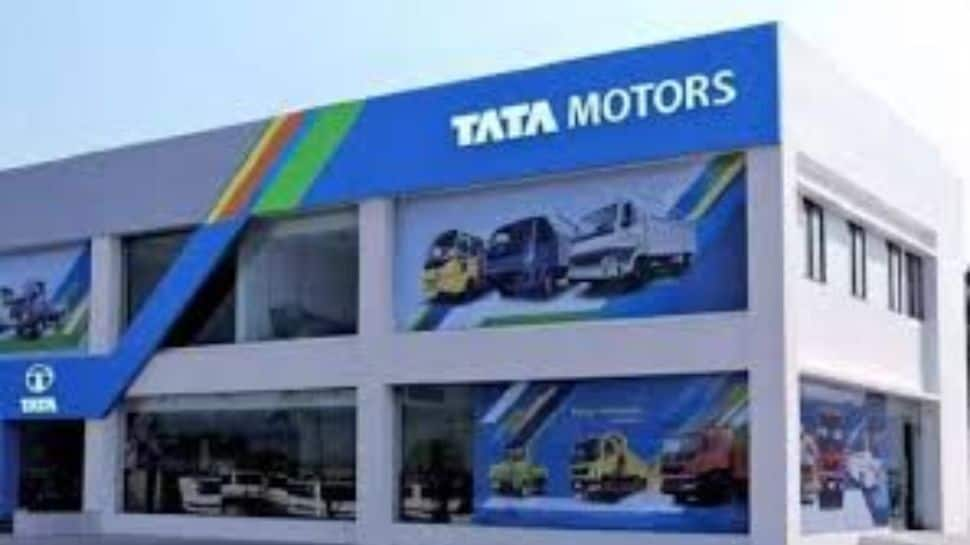Business
Mahindra & Mahindra Cuts Prices Up To Rs 1.56 lakh, Toyota Up To Rs 3.49 Lakh

New Delhi: Joining other automakers in reducing prices, Mahindra & Mahindra Ltd (M&M) on Saturday announced to fully pass on the GST 2.0 benefits to customers across its ICE SUV portfolio — up to Rs 1.56 lakh — with an immediate effect.
According to the company, models like Thar, Scorpio, Bolero, XUV700, and Scorpio-N will be available with substantial savings ranging from Rs 1.01 lakh to Rs 1.56 lakh. Bolero and Bolero Neo are cheaper by up to Rs 1.27 lakh, while the XUV3XO Petrol gets a cut of Rs 1.40 lakh, and the XUV3XO Diesel leads with a reduction of Rs 1.56 lakh.
The Scorpio-N offers savings of up to Rs 1.45 lakh, the Thar Roxx Rs 1.33 lakh, and the flagship XUV700 RS 1.43 lakh. Toyota Kirloskar Motor (TKM) also announced it will fully pass on the benefits of the recent GST rate reduction to its customers across its range of vehicles — ranging from Rs 48,700 (Rumion) up to Rs 3.49 lakh (Fortuner).
“We sincerely thank the government of India, for this historic reform. It has not only enhanced affordability for customers but also strengthened overall confidence in the auto sector. Ahead of the festive season we expect this step will provide strong momentum and further accelerate demand,” said Varinder Wadhwa, Vice President, Sales-Service-Used Car Business and Profit Enhancement.
While Toyota Glanza will see price cuts up to Rs 85,300, Taisor will see price reduction up to Rs 1,11,100; Hyryder up to Rs 65,400; and Fortuner up to Rs 3,49,000.
Renault India also announced a significant price reduction for its cars on Saturday. Prices of its three models — Kwid, Triber and Kiger — have been slashed by up to Rs 96,395. Under the new GST 2.0 framework, all internal combustion engine (ICE) cars are now taxed at either 18 per cent or 40 per cent.
Smaller cars such as hatchbacks, compact sedans, and compact SUVs fall under the 18 per cent slab, while mid-size, larger, and luxury models attract 40 per cent. Previously, ICE vehicles were subject to 28 per cent GST plus an additional compensation cess ranging between 1 per cent and 22 per cent depending on size and engine capacity.
For electric vehicles, the GST rate remains unchanged at 5 per cent, while hydrogen fuel cell vehicles (FCEVs) have seen a reduction from 12 per cent to 5 per cent.
Business
Sensex, Nifty Slip Ahead Of US Fed Decision; Sensex Falls 275 Points
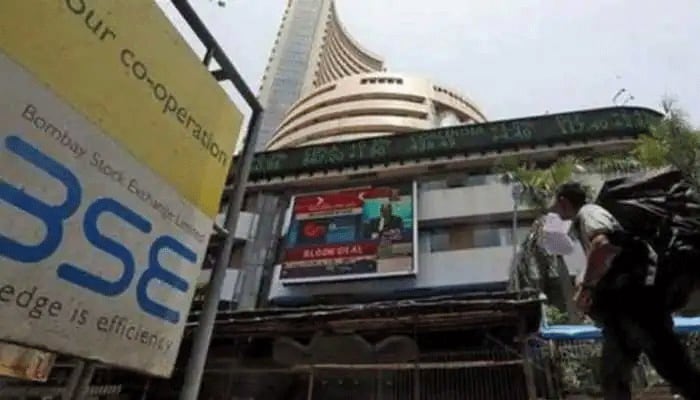
Mumbai: Benchmark indices Sensex and Nifty closed lower on Wednesday as investors stayed cautious ahead of the US Federal Reserve’s monetary policy decision due later in the day.
The Sensex fell 275.01 points, or 0.32 per cent, to finish at 84,391.27. The Nifty also slipped 81.65 points, or 0.32 per cent, to settle at 25,758.
“Structurally, Nifty continues to face strong supply in the 25,940–26,050 zone, keeping the broader setup range-bound to mildly bullish,” market watchers said.
“A decisive breakout above 26,000 remains essential to revive upside momentum. On the downside, a sustained break below 25,700 could expose the index to 25,600–25,500, with volatility expected to intensify near these support clusters,” they added.
Bank Nifty also ended marginally lower — indicating a pause in the prevailing uptrend rather than a trend reversal.
The index opened near 59,280, moved up to 59,440, but later slipped to an intra-day low of 58,850 before closing around 58,990, down nearly 0.4 per cent.
Among the Sensex stocks, Tata Steel, Sun Pharma and ITC were the top performers. On the other hand, Eternal, Trent and Bharti Airtel dragged the index down with notable losses.
The mood was weak in the broader market as well. The Nifty MidCap 100 index declined 1.12 per cent, while the Nifty SmallCap 100 index shed 0.90 per cent by the close.
Sector-wise, consumer durables stocks saw the sharpest fall, with the Nifty Consumer Durables index tumbling 1.72 per cent.
IT and PSU bank shares also slipped, down 0.89 per cent and 0.70 per cent, respectively.
In contrast, Nifty Metal and Nifty Media indices ended the day on a positive note, emerging as the top sectoral gainers.
“Focus now shifts to the upcoming US Fed meeting, where a 25-bps rate cut is widely expected,” experts stated.
“However, internal divisions and mixed economic indicators may temper expectations for further rate cuts in 2026,” they added.
Business
Gold price today: How much 22K, 24K costs in Delhi, Mumbai – Check rates – The Times of India

Gold prices showed a mixed trend on Wednesday, with domestic futures inching up even as international rates dipped. On the Multi Commodity Exchange, February gold futures rose by Rs 173 to Rs 1,30,280 per 10 grams, while Comex gold for the same month traded marginally lower at $4,234.3 an ounce.Gold price in your city today:
Gold rate in Delhi today
In the national capital, 22K gold is currently priced at Rs 11,960 per gram, while 24K gold is selling at Rs 13,046 per gram.
Gold rate in Mumbai today
Mumbai is seeing 22K gold at Rs 11,945 per gram, and 24K gold available at Rs 13,031 per gram.
Gold rate in Bengaluru today
Bengaluru markets list 22K gold at Rs 11,945 per gram, whereas 24K gold is priced at Rs 13,031 per gram.
Gold rate in Chennai today
Chennai continues to record among the highest figures, with 22K gold marked at Rs 12,030 per gram and 24K gold at Rs 13,124 per gram.
Gold rate in Kolkata today
In Kolkata, 22K gold is being sold at Rs 11,945 per gram, while 24K gold is available at Rs 13,031 per gram.
Gold rate in Hyderabad today
In Hyderabad, 22K gold is priced at Rs 11,945 per gram, and 24K gold at Rs 13,031 per gram.
Gold rate in Ahmedabad today
Ahmedabad buyers are paying Rs 11,950 per gram for 22K gold and Rs 13,036 per gram for 24K gold.
Gold rate in Jaipur today
Jaipur has 22K gold priced at Rs 11,960 per gram, and 24K gold tagged at Rs 13,046 per gram.
Gold rate in Bhubaneswar today
In Bhubaneswar, 22K gold stands at Rs 11,945 per gram, while 24K gold is quoted at Rs 13,031 per gram.
Gold rate in Kanpur today
Kanpur’s market shows 22K gold at Rs 11,960 per gram, with 24K gold selling for Rs 13,046 per gram.
Business
Why has the price of silver hit a record high?
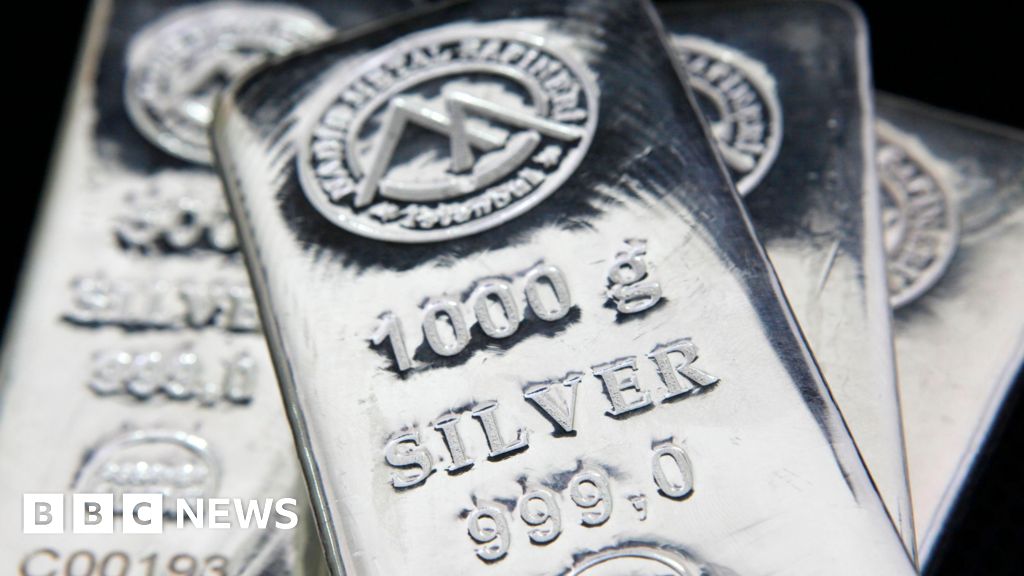
The price of silver has hit a record high ahead of an expected US Federal Reserve interest rate cut and as demand from the technology industry for the precious metal remains high.
Silver crossed $60 (£45.10) an ounce on the spot market, where the precious metal is bought and sold for immediate delivery, for the first time on Tuesday.
Gold, which hit record highs earlier this year as concerns grew about the impact of US tariffs and the global economic outlook, also made gains this week.
Investors tend to move money into precious metals like gold and silver as interest rates come down and the US dollar weakens.
The US central bank is widely expected to cut its main interest rate by a quarter of a percentage point on Wednesday.
When interest rates are cut, traders typically buy assets like silver because the benefits of keeping cash in the bank or buying short-term bonds falls, said Yeow Hee Chua from the Nanyang Technological University.
“That naturally shifts demand toward assets viewed as stores of value, including silver,” he said.
The move into so-called “safe-haven” assets was also a key reason for gold hitting new record highs in recent months, as it crossed $4,000 an ounce for the first time.
Silver’s rally could also be seen a “spillover effect” from the jump in the value of gold as investors look for cheaper alternatives, said OCBC bank analyst Christopher Wong.
Gold has gained more than 50% this year, partly due to major purchases by central banks. The price of platinum and palladium have also climbed this year.
Experts say the value of silver was also pushed up as strong demand from the technology industry outstripped supplies.
That has helped more than double the value of silver this year as it outperformed other precious metals, including gold.
“Silver is not only an investment asset but also a physical resource,” and more manufacturers are finding a need for the material, said Kosmas Marinakis from the Singapore Management University.
The precious metal, which conducts electricity better than gold or copper, is used to produce goods like electric vehicles (EVs) and solar panels.
Experts predict that rising sales of EVs will further push up demand for silver, while advanced batteries for the cars will require even more of the metal.
But it is difficult to quickly increase silver supplies as the majority of global output is a by-product from mines that mainly extract other metals like lead, copper or gold.
The price of silver is also being boosted by concerns that the US may impose tariffs on it as part of President Donald Trump’s trade policies.
Fears of potential tariffs have also led to stockpiling of silver in the US, resulting in shortages elsewhere in the world.
The US imports about two-thirds of its silver, which is used for manufacturing as well as jewellery and investment.
Manufacturers have been racing to secure supplies to ensure their operations are not interrupted by shortages, which has helped to push up prices on global markets, said Prof Marinakis.
He added that he expects the price of silver to remain high in the coming months.
-

 Business1 week ago
Business1 week agoCredit Card Spends Ease In October As Point‑Of‑Sale Transactions Grow 22%
-

 Tech1 week ago
Tech1 week agoI Test Amazon Devices for a Living. Here’s What to Buy This Cyber Monday Weekend
-

 Tech1 week ago
Tech1 week agoHow to build a data dream team | Computer Weekly
-

 Tech1 week ago
Tech1 week agoThe 171 Very Best Cyber Monday Deals on Gear We Loved Testing
-

 Business1 week ago
Business1 week agoIndiGo Receives Rs 117.52 Crore Penalty Over Input Tax Credit Denial
-

 Fashion1 week ago
Fashion1 week agoEastpak appoints Marie Gras as vice president, global brand
-

 Business1 week ago
Business1 week agoGold And Silver Prices Today, December 2: Check 24 & 22 Carat Rates In Delhi, Mumbai And Other Cities
-

 Fashion1 week ago
Fashion1 week agoWorld goods trade growth set to moderate as barometer index dips: WTO


